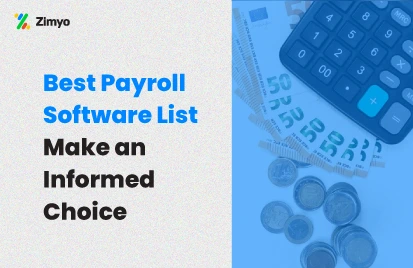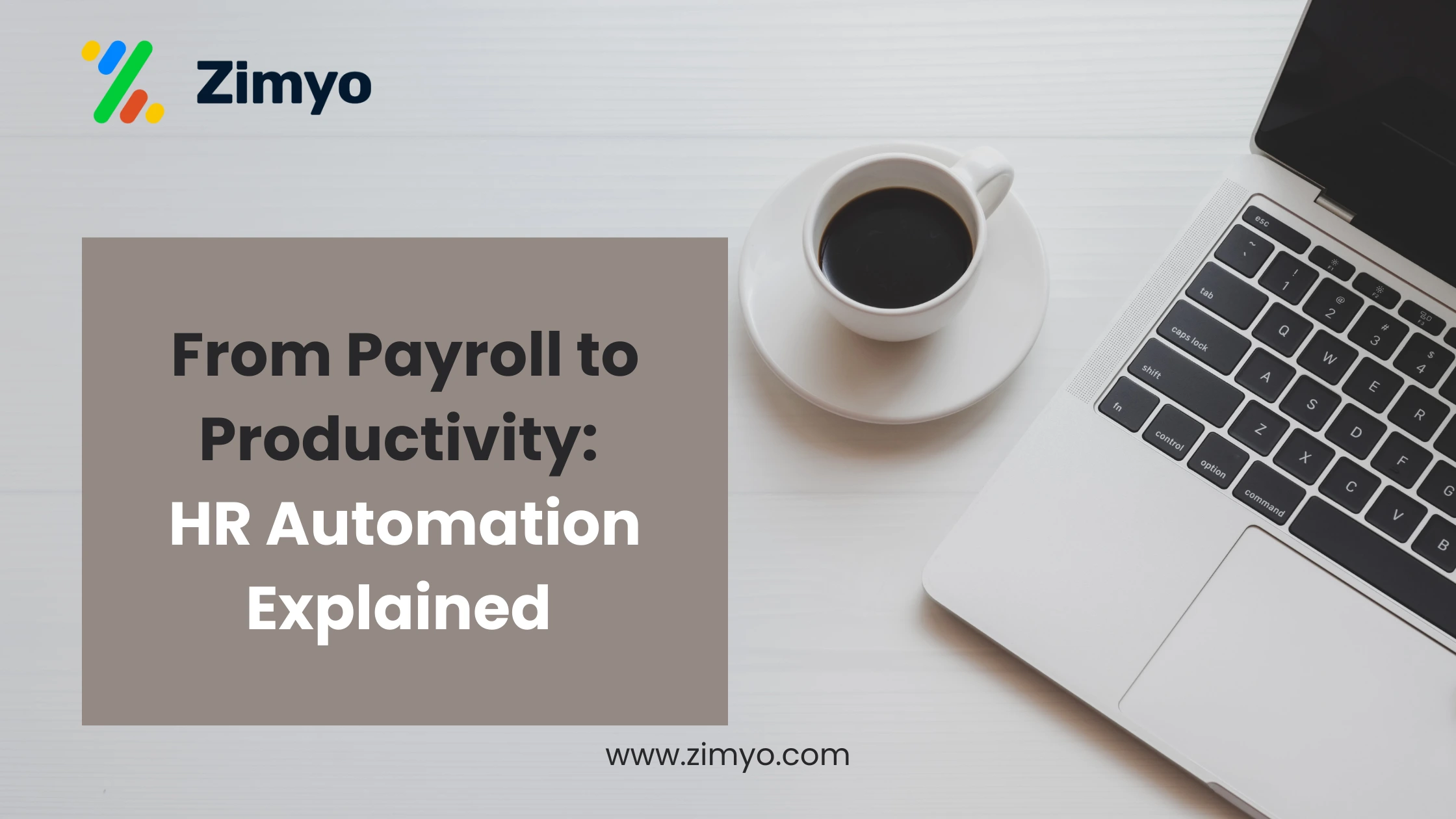Payroll is the process of calculating and distributing wages to the employees by their employers. Businesses having employees should have an efficient payroll management system established in their organization. An efficient and effective payroll process that ensures timely payment of the employees consistently gives the HR personnel the chance to focus on various other aspects of their job.
In many organizations, employers also find themselves responsible for paying premiums for insurance, depositing funds into the accounts of retired employees, etc. If the salary is not paid accurately, incorrect filing of taxes or any missed deadline can result in huge fines and lead to serious legal and financial consequences.
What is the Payroll process?
A payroll administrator needs to do detailed planning before processing the payroll. Gathering employee time information for a selected time, managing benefits as well as deductions, and distributing employee pay for that period are some of the major activities involved in the payroll process.
There are generally three stages of the payroll process:
Pre-Payroll Activities
Defining the payroll policy:
This is the initial stage during which it is important to establish company policies such as pay policy, leave, and benefits policy, attendance policy, etc. These policies need to be well-defined and should be approved and structured by the management of the company in such a way that a standard for payroll management system processing can be established.
Activities that happen during the pre-payroll process are as follows:
- Gathering inputs from various departments
- Define a work policy for each work location, if the organization is located in multiple locations
- Set a leave policy for all the employees
- Define organizational policies for all the employees in your organization i.e, policies for the types of shifts, half-day permissions, integration with biometric and timesheets, etc.
- Design a salary component that includes diverse pay structures.
- Gather employee information with regards to their designation, date of joining, etc.
Let us look into the details of the fore mentioned points:-
Gathering input data:
Interacting with multiple departments for gathering the inputs is an integral part of the payroll process. The people in these departments can give you more access to important information like salary revisions and attendance data. This process might vary from one organization to another. At some places, it might be consolidated, whereas, at other places, it can be robust. Gathering this data manually is overwhelming but with payroll software, complex HR processes can be simplified.
Input validation
Now that the policies and everything are in place, checking the validity of input data and whether or not it adheres to the company policy is important. This is the stage when the HR personnel has to make sure that no active employee of the organization has been missed and no inactive employee has been included in the salary payment.
Actual Payroll Process
Payroll Calculation:
In this stage, the data collected during the pre-payroll process is loaded into the payroll system to process the payroll. This results in net pay being generated after adjusting the necessary taxes and deduction. Once this process is completed, it is important to check and verify the accuracy of the input data to avoid possible errors.
Post Payroll Process
Statutory compliance:
All the statutory deductions like Employee Provident Fund, Tax deduction at Source, and Employee State insurance, etc. are deducted during this stage. The payroll administrator further sends the deducted amounts to the appropriate government agencies.
Payroll accounting:
Every organization must keep a record of all its financial transactions. Salary is one of the most important and crucial parts of the operating costs that should be recorded in your accounts book. Payroll management should make sure that the salary and reimbursement data of the company are accurately entered into the company’s accounting system.
Payout:
Salaries of the employees can be paid out by cash, check, or bank transfer. Salaries are mostly deposited directly into the bank account of the employee. Once the payroll is processed, the company needs to ensure that their bank accounts have sufficient funds to make salary payments.
Reporting:
After that, the finance department or the management team of the company may require reports on things like department wise employee costs or location wise employee costs. As a payroll administrator, you will be required to gather the necessary data and extract the required information to share these reports.
Conclusion
In conclusion, to maintain a positive work culture and keep the employees engaged and motivated, an employer needs to ensure that his employees are getting paid timely and accurately. This can be easily done with the help of an integrated payroll system. Therefore, every small, medium, and large organization should install and establish payroll software in their organization.






